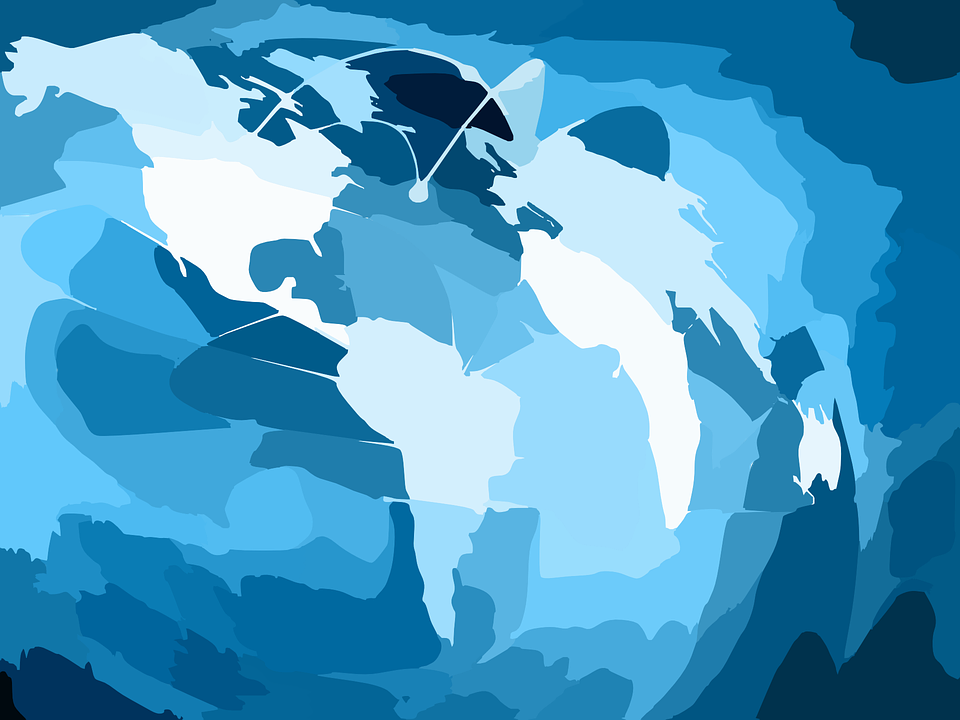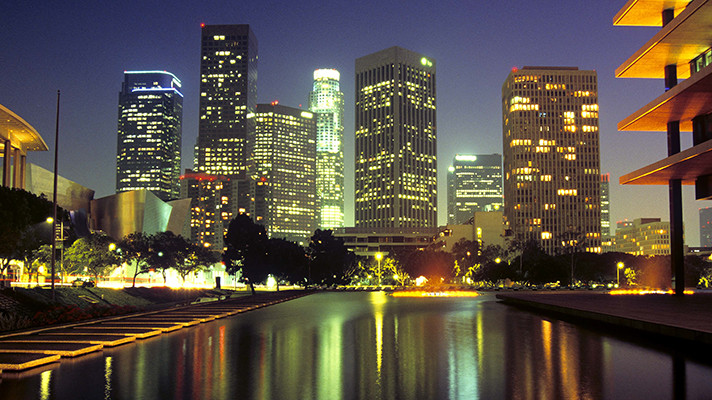The greatest challenge of Big Data revolution poses many issues that are easier to deal with due to the development of industries related to information technology and communications. Today we will present the differences between IoT and M2M.
Among other technologies related to the world of big data, one of the most important are those related to advanced analytics, cloud computing, the Internet of Things (IoT) and Machine-to-Machine (M2M). Technology protagonists from different fronts, each with its own particularities, but as well they are all interrelated and are increasingly ubiquitous.
In the era of big data, its intelligent use opens new possibilities to transform the way we live, work and think. In short, it is to seek benefits for society, including those related to creating a better government thanks to the model embodied in the smart city.
How can IoT and M2M contribute in building the cities of tomorrow? Before answering this question, being concepts which overlap part of the semantic field, it is important to delimit them in order to differentiate them more easily.
What is IoT?
The IoT refers us to the mass market of very different devices connected to the network with the goal of providing a range of services to an end user. Casuistry is really wide, and is constantly growing. It covers a host of consumer goods, among others, bracelets, watches, defibrillators, thermostats and other home automation devices sector.
Similarly, the IoT is essential for smart city. Without exaggeration, the IoT is the basis on which it is built for achieving vital elements such as the equitable distribution of goods and raw materials, control of environmental quality, energy supply, an efficient mobility plan and an optimization of services provided, with particular emphasis on the health aspect and public safety.
Statistically, the increasingly surprising IoT seems to have no ceiling. Its exponential increase is having a contagious effect that encourages the development of new sensor models and other models of connection between devices. A scenario which, inevitably, leads to the concept of M2M.
What is M2M?
The concept of M2M is more specific and, unlike IoT, this has yet to become widespread. This time it is not carrying out a communication between devices and people but between machines, excluding them. That is, it refers to communication technology between machines, broadly understood, including from an industrial engine, a robot, a car or an electronic device.
Its communication is made between the machine and a server, through different connections, either by satellite, WiFi, GPRS or via LAN or Ethernet.
Differences between IoT and M2M: Different, but with common ground
While sometimes both terms can be used indistinctively, after all, it is easy to see that, despite their similarities, IoT is not the same as M2M. While the IoT focuses on consumer goods, offering a service in a globalized market, M2M is limited to the technical point of view of communications. To some extent, therefore, it could be argued that it is included in that.
On the one hand, the captured information via M2M is transmitted over the network, so that an application will translate it into useful information. Similarly, but through a connection via IP, IoT interconnects isolated M2M systems, acting without human intervention. In this case, the sum of data from different sources allows creating IoT designs tailored to the needs.
Building Smart Cities
Once established the differences between the two concepts, it is important to wonder what they can do when moving towards smart city forces us to look at that increasingly utopian city connected world.
Its possibilities are immense, always under the premise that the development of a model of smart city seeks to improve the lives of citizens, and in order to optimize the implementation of policies to maximize their efficiency.
Among others, TIC trends in smart cities cover such diverse issues as well as sustainable management of resources, bureaucratic streamline administrative procedures for citizens and businesses, the transparency of Public Administration or, for example, improving mobility, traffic and logistics city.
The use of M2M and IoT to achieve the above mentioned interconnection provides a series of aggregate data that provide valuable information that opens new possibilities in the case of smart cities. Among many others, it would be possible to create a network of sensors installed on the streets to help to find parking and improve traffic.
Or thinking about prevention, thanks to a network of sensors is feasible to automate the information emitted by road traffic screens with the objective to the driver could avoid danger and so, increase road safety. This is an initiative of the Spanish companies Sico and Postigo.
Similar projects which, in short, could only become in reality through the contribution of each concepts, because both technologies are complementary. They not only have enormous development potential for a long list of fields, many applied to the construction of smart city, but also they have the particularity of being able to create positive synergies, promoting innovation rich ecosystems.
Focusing on the practical side, the main objective is to implement them successfully, and this requires a business adaptation to the stage where they want to implement these new technologies to maximize its use, also avoiding the associated risks.
Its unstoppable advance also raises questions so it is difficult to find solutions capable of overcoming the many challenges of an interconnected reality. But there are so many benefits, with the collaboration of the different stakeholders and regulations that set standards, the results could become superlatives.
At the national level, Spain is at the forefront of the European smart cities, as the White Paper Smart Cities 2015 concludes. It was presented by the Centre for Innovation in Public Sector PwC and IE Business School and Teléfonica, under the title “The digital transformation of cities”. In our case, besides the National Plan for Smart Cities, European legislation is an important benchmark for this urban transformation process in important issues such as mobility or the environment.
Not surprisingly, if we can build a smarter city it is thanks to the enormous opportunities IoT and M2M represent, supported by technologies that take advantage of this huge amount of data generated by machines and automated sensors.
But not only that, because the current digitized world already conforms a new reality in which, beyond the machines, interconnections also involve people. All of that, necessary factors that help to achieve the smart city through ambitious projects that improve citizen’s life quality.
Undoubtedly, one of the major challenges in achieving sustainable growth in an economic and environmental level, in addition to innovative services that respond to the changing needs of an increasingly dynamic and demanding society.







